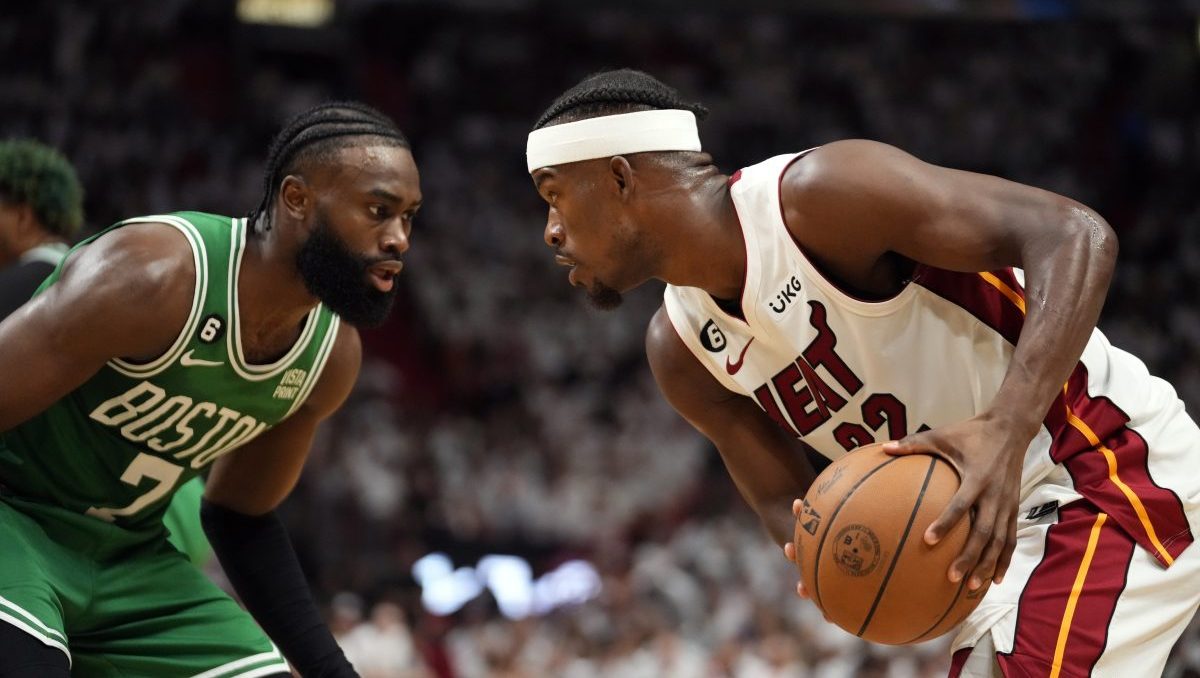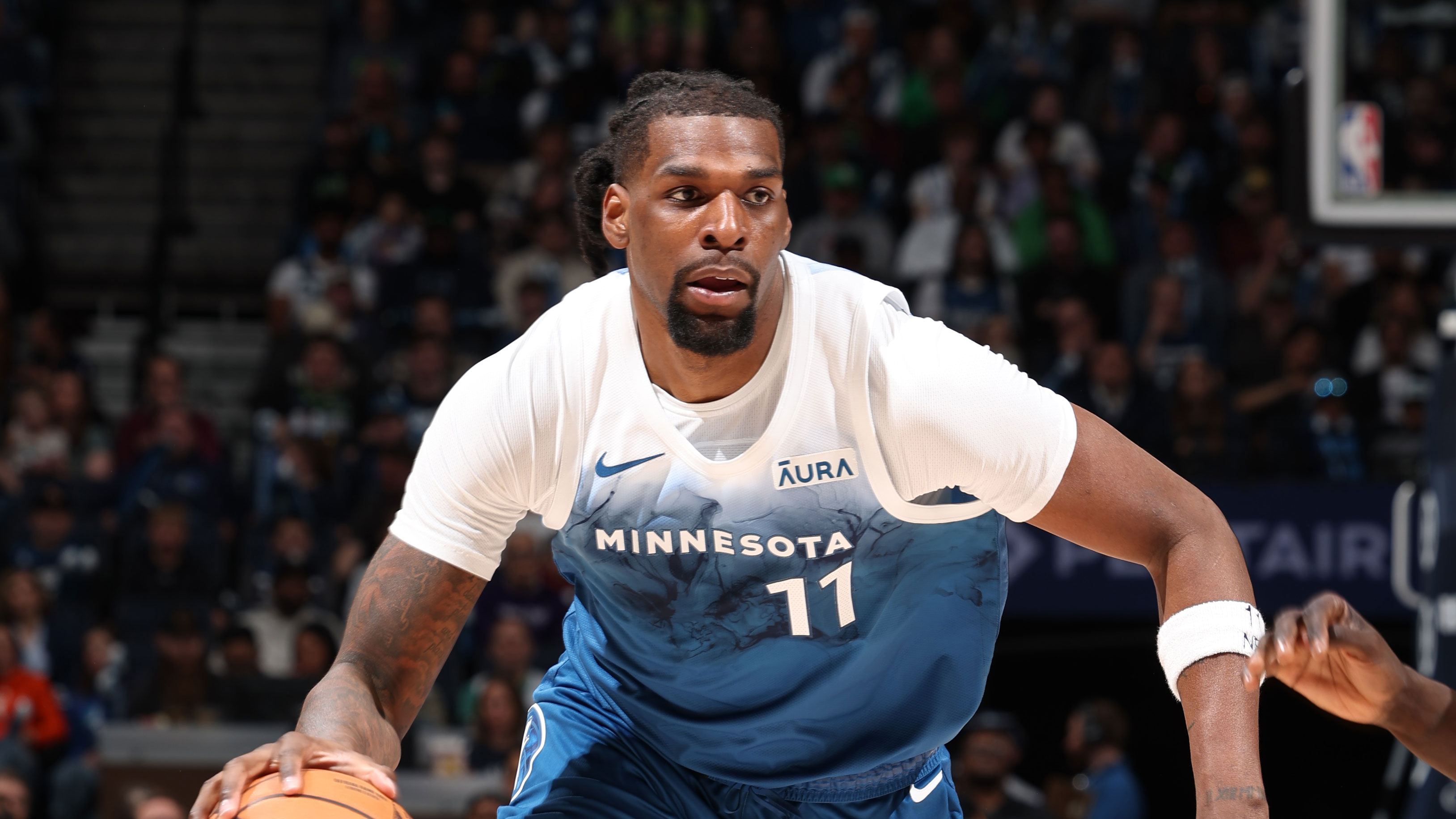Joel Embiid was in Kevin Durant's ballpark as a mid-range shooter last season.
Through 12 games in 2021-22, his performance is a lot closer to the antiquated stereotype of 7-footers being best when confined to the paint.
Embiid made 47 percent of his two-pointers not at the rim last year, according to Cleaning the Glass. That number has plummeted to 35.8 percent after Embiid went 3 for 17 from the floor Wednesday night in the Sixers’ 88-87 loss to the Celtics.
Stay in the game with the latest updates on your beloved Philadelphia sports teams! Sign up here for our All Access Daily newsletter.
Despite Embiid’s three-point success (40.5 percent), he’s missed many of the shots he routinely drilled during an MVP runner-up campaign highlighted by all-encompassing skills, uncommon efficiency and tremendous two-way impact. After scoring a career-best 126.8 points per 100 shot attempts for the Eastern Conference’s No. 1 seed, he’s recorded just 106.0 points per 100 shot attempts for an 11-11 team. That would be the worst mark of his career.
Embiid has many legitimate excuses for his mid-range drop-off.
For one, 12 games is a small sample size. A mini-hot steak could arrive soon and normalize his numbers.
Embiid last month identified the NBA’s switch from a Spalding to Wilson basketball as a factor. He said he didn’t “feel totally comfortable with it.” As minor a quibble as that might sound, he’s not the only player to note issues adjusting to the sport’s most essential piece of equipment.
NBA
Embiid was sidelined almost three weeks by COVID-19, enduring serious symptoms before he was cleared to return. On top of the usual concerns about rust and regaining rhythm, it’s fair to wonder exactly how he’ll respond to a virus that hasn’t affected players in a uniform way. While Embiid was sensational Saturday against the Timberwolves, scoring 42 points and playing 45 minutes in a double overtime loss, he shot 7 for 33 overall in matchups with Orlando and Boston.
“Some guys come back quickly and play pretty well,” Sixers head coach Doc Rivers said to reporters in Boston. “A lot of guys have played the one great game when they’re back and then they go into a little fall. You can tell he’s definitely struggling getting going. We’ve just got to keep playing him and let him play through it.”
Finally, Embiid admitted that his right hand bothered him Wednesday night.
“I got hit pretty bad in the first quarter,” he said to reporters. “Hopefully it gets better, but it was pretty painful the rest of the way. … I could feel it most when I was shooting free throws. But hopefully it gets better.”
He also said he thinks it will take “a little while to get back, especially legs and cardio and all that stuff.”
The burden of carrying a team that’s last in pace and 16th in percentage of plays in the half court is significant as well. It doesn’t help that the Sixers rank 22nd in offensive rating since Embiid entered health and safety protocols on Nov. 8. With Tobias Harris failing to produce late in close games (he’s 1 for 10 in clutch situations with no assists), Tyrese Maxey and Furkan Korkmaz slumping, and Matisse Thybulle’s defender eager to double team Embiid, the Sixers need their best player to take and make tough shots.
It’s not an encouraging state of affairs, although it seems likely both Embiid and the Sixers will improve in the near future. Surely 3-for-17 games will not be typical, especially since few teams have players that defend Embiid as well as former frontcourt mate Al Horford.
Some of the problems around Embiid should resolve themselves, too. Maxey is certainly capable of overcoming this speed bump and honing his sense of how to complement Embiid. Harris, who also dealt with difficult COVID symptoms, is a better player than he’s shown since a two-game absence with left hip soreness.
None of that matters much, though, unless Embiid sinks jumpers. However the Ben Simmons saga ends, the Sixers are built around the idea of Embiid as a superstar with diverse talents. They’re hoping the mid-range element of his greatness comes back shortly.


